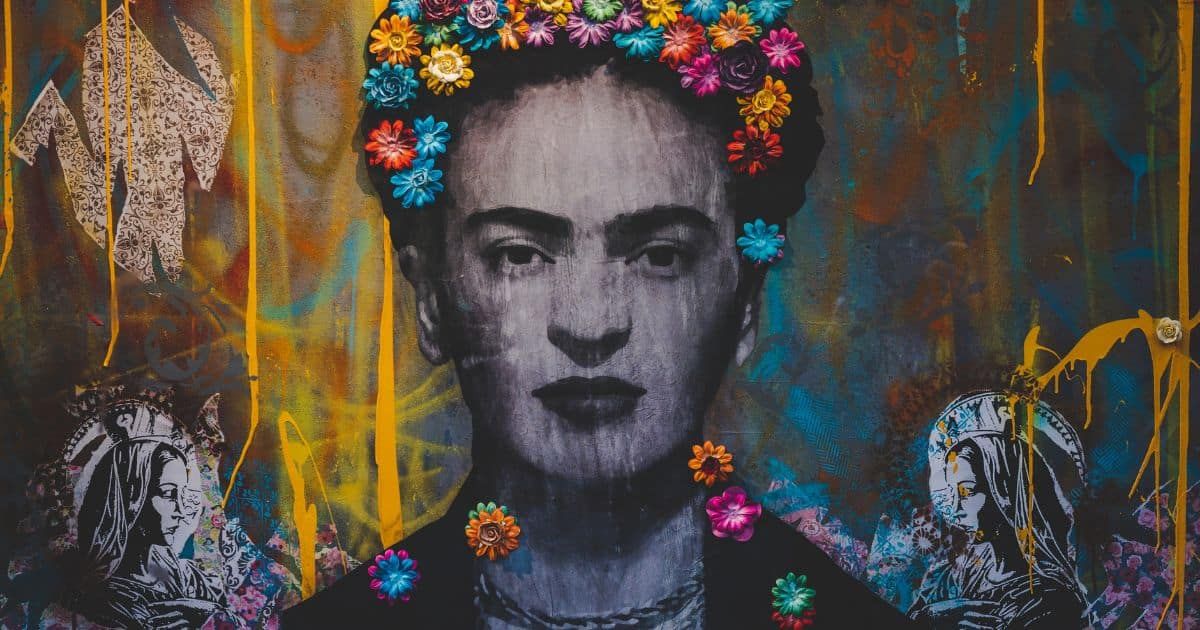Artists throughout history have used a variety of mediums to create their masterpieces. From paint and clay to found objects and digital elements, mixed media art has become a popular and versatile form of artistic expression. In this article, we will explore some of the most famous mixed media pieces and the stories behind them.
Picasso’s “Guernica”
One of the most iconic mixed media pieces in art history is Pablo Picasso’s “Guernica.” Created in response to the bombing of the Basque town of Guernica during the Spanish Civil War, this large-scale mural combines elements of painting and collage to convey the horror and devastation of war. Picasso used a monochromatic palette of black, white, and grey to evoke the chaos and despair of the tragedy, while incorporating newspaper clippings and text fragments to add layers of meaning and symbolism to the piece.
Rauschenberg’s “Canyon”
Another famous mixed media piece is Robert Rauschenberg’s “Canyon.” This groundbreaking artwork, created in 1959, blurs the boundaries between painting and sculpture by incorporating found objects such as a stuffed bald eagle, a pillow, and a rubber tire into the canvas. Rauschenberg’s innovative use of materials challenged traditional notions of art and paved the way for the development of assemblage and installation art.
Hirst’s “The Physical Impossibility of Death in the Mind of Someone Living”
Damien Hirst is known for his provocative and controversial mixed media pieces, such as “The Physical Impossibility of Death in the Mind of Someone Living.” This striking artwork features a tiger shark preserved in formaldehyde inside a vitrine, confronting viewers with questions about mortality, conservation, and the nature of art itself. Hirst’s use of unconventional materials forces us to confront our own fears and prejudices, while challenging us to reconsider our assumptions about the boundaries of art and reality.
Shonibare’s “The Swing (After Fragonard)”
Yinka Shonibare’s “The Swing (After Fragonard)” is a playful and thought-provoking reinterpretation of Jean-Honoré Fragonard’s 18th-century painting “The Swing.” Using batik fabric and a mannequin dressed in Victorian-era clothing, Shonibare remixes the original composition to explore themes of race, class, and colonialism. By blending historical references with contemporary elements, Shonibare challenges us to rethink our understanding of cultural identity and representation.
Cai Guo-Qiang’s “The Transient Landscape”
Chinese artist Cai Guo-Qiang is known for his large-scale installations and explosive artworks that combine traditional techniques with modern materials. In “The Transient Landscape,” Cai uses gunpowder and paper to create a dynamic and ephemeral composition that evokes the beauty and fragility of nature. By harnessing the destructive power of explosives to create art, Cai challenges us to reconsider our relationship to the environment and the impact of human activity on the world around us.
Conclusion
These famous mixed media pieces demonstrate the transformative power of combining different materials and techniques to create art that is both visually striking and conceptually rich. From Picasso’s haunting portrayal of war to Hirst’s provocative exploration of mortality, each artist pushes the boundaries of what is possible with mixed media, inviting viewers to engage with complex themes and ideas in new and unexpected ways. As technology continues to evolve, the possibilities for mixed media art are endless, offering artists and audiences alike the opportunity to explore the intersections of tradition and innovation, reality and imagination.
So the next time you encounter a mixed media piece, take a moment to appreciate the skill and creativity that went into its creation, and consider the stories and ideas that inspired the artist to bring it to life.
